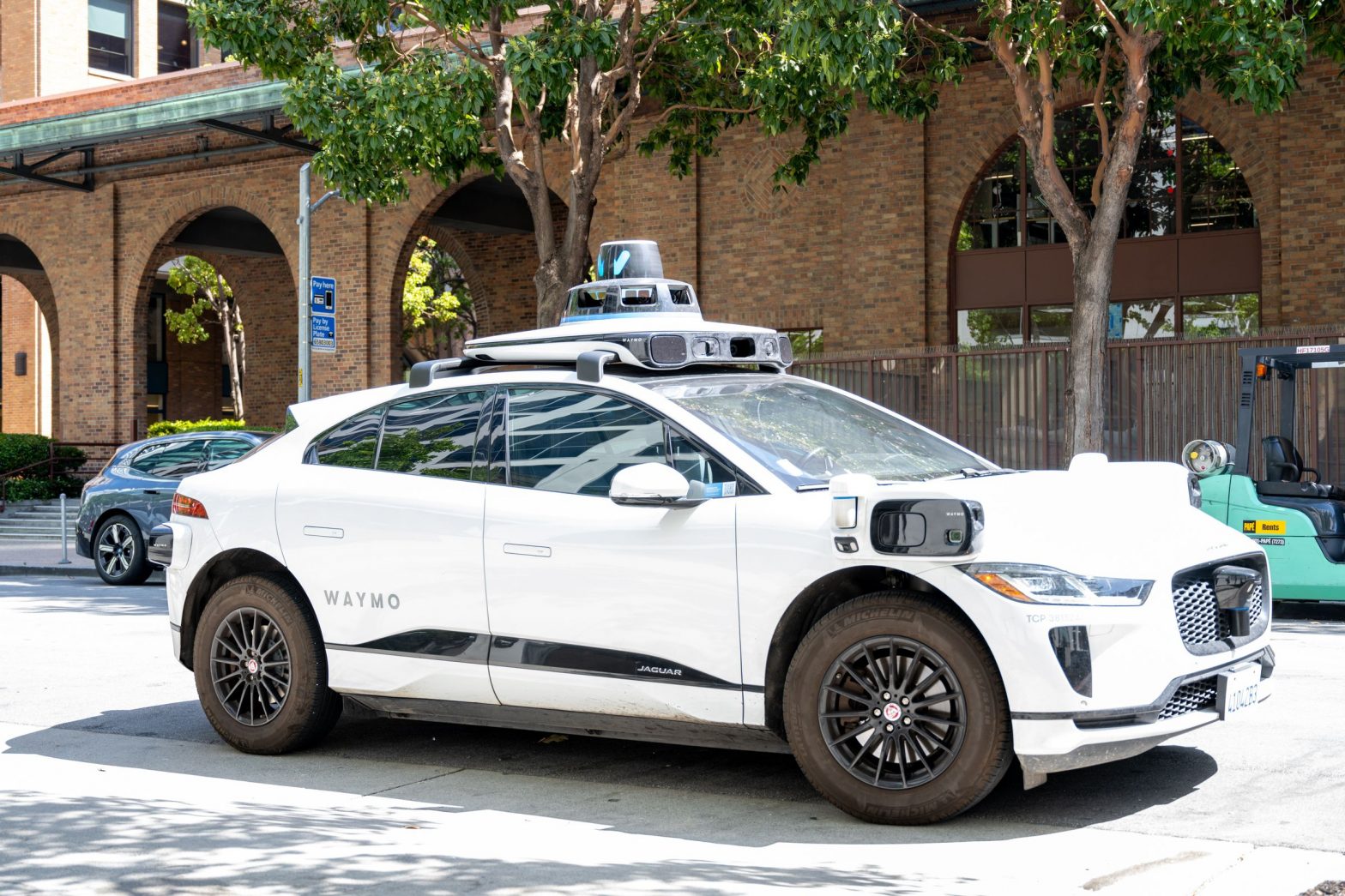/
‘Simply download the app and ride.’
Share this story
:format(webp)/cdn.vox-cdn.com/uploads/chorus_asset/file/25503771/2157160824.jpg)
The wait(list) is over.
Waymo is opening up its robotaxi service to anyone who wants to ride in San Francisco. Previously, customers interested in taking a ride in one of the company’s driverless cars needed to sign up for a waitlist, which could take weeks or months to open up.
Waymo began its commercial test service in the city in August 2021 with a rollout to “trusted testers” — preapproved riders, some of whom were asked to sign nondisclosure agreements. In March 2022, Waymo began offering driverless rides for its staff. Since then its been giving rides to regular people who sign up for its waitlist, which the company says approximately 300,000 people have done since it first launched.
Now, Waymo’s driverless ridehail service will be available to anyone who downloads the app and requests a ride. This is similar to how Waymo operates its robotaxi service in Phoenix, which has been open to the public without a waitlist since 2020. And it comes at a time when Waymo is trying to cement its lead in the robotaxi industry, as some of its competitors are hamstrung by mishaps or a need to keep testing.
Waymo has been operating in the Bay Area for years, slowly expanding its service area and introducing more driverless vehicles to its fleet. The fact that it’s now opening up its service to all residents of San Francisco — population 808,437 — is a sign of growing confidence from the Google spinoff.
It also comes amid heightened scrutiny of the driverless car industry after a series of crashes and complaints from city officials about obstructions and delays. Earlier this month, Waymo issued a software and mapping recall for all its vehicles after one of its robotaxis crashed into a telephone pole. Federal safety investigators are also looking into dozens of incidents in which Waymo’s robotaxis were involved in crashes. And some residents are openly hostile to the idea of driverless cars, such as the crowd of revelers that destroyed a riderless Waymo last February.
Opening up the service to more people who want to pay money to ride in its driverless vehicles is a crucial step toward the normalization of autonomous vehicles. And it’s important for Waymo — and its parent company Alphabet — to turn a historically money-losing operation into one that can break even or perhaps even be profitable.
There’s a long way to go before then. In the meantime, Waymo will be dealing with more mundane concerns, such as how to make sure it has enough vehicles available to meet demand and how to position its vehicles to answer ride requests in a timely manner. If Waymo can’t keep pace with human-powered services like Uber and Lyft, it won’t stand much of a chance at success.
